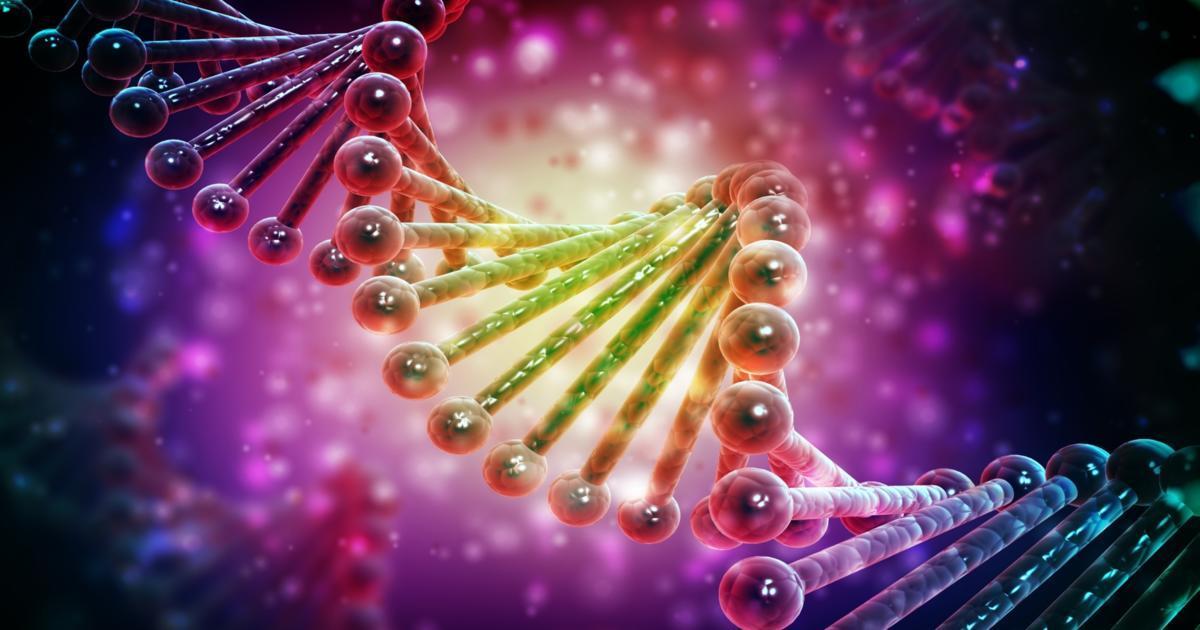What Causes Migraines?
Migraines are severe, recurrent headaches that can cause nausea, vomiting, mood swings, and sensitivity to light, sound, and touch. Migraine headaches normally produce intense, throbbing pain on one side of the head, and they can last for several hours. For some patients, migraines last for up to three days. Current estimates suggest approximately twenty-eight million Americans are affected by migraines, and the condition typically begins during childhood or young adulthood.
Migraines are sometimes preceded by stages known as prodrome and aura. Prodrome occurs one or two days before the migraine itself, and patients in this stage might notice frequent yawning, increased thirst, food cravings, and neck stiffness. Auras occur closer to the time of the migraine and last for twenty to sixty minutes. Auras vary from person to person, and patients could develop uncontrollable jerking, vision changes or vision loss, and speaking difficulties. To diagnose migraines, neurologists begin by taking the patient's medical history and performing physical and neurological examinations. MRI or CT scans may be needed to confirm the diagnosis and rule out other conditions such as infections, strokes, or bleeding in the brain. Treatment options for migraines include pain relievers and medicines designed to reduce the frequency and severity of the headaches.
The primary causes and contributing factors associated with migraines are discussed below.
Genetics

Scientists are currently studying the relationship between genetics and migraines. Current estimates suggest children of parents with migraines have a fifty to seventy-five percent chance of developing the condition themselves. Research on familial hemiplegic migraines, a type of migraine that runs in families, has identified alterations of the CACNA1A, ATP1A2, SCN1A, and PRRT2 genes as a cause of this particular condition. The alterations are inherited through an autosomal dominant pattern, which means patients with only one copy of an altered gene inherit the condition. However, some patients with the inherited alteration never display symptoms of familial hemiplegic migraines. Additional research published in 2013 identified specific substitutions that occurred on the MTHFR gene as factors that increased a patient's likelihood of experiencing migraine symptoms.
Keep reading to learn more about the causes of migraines now.